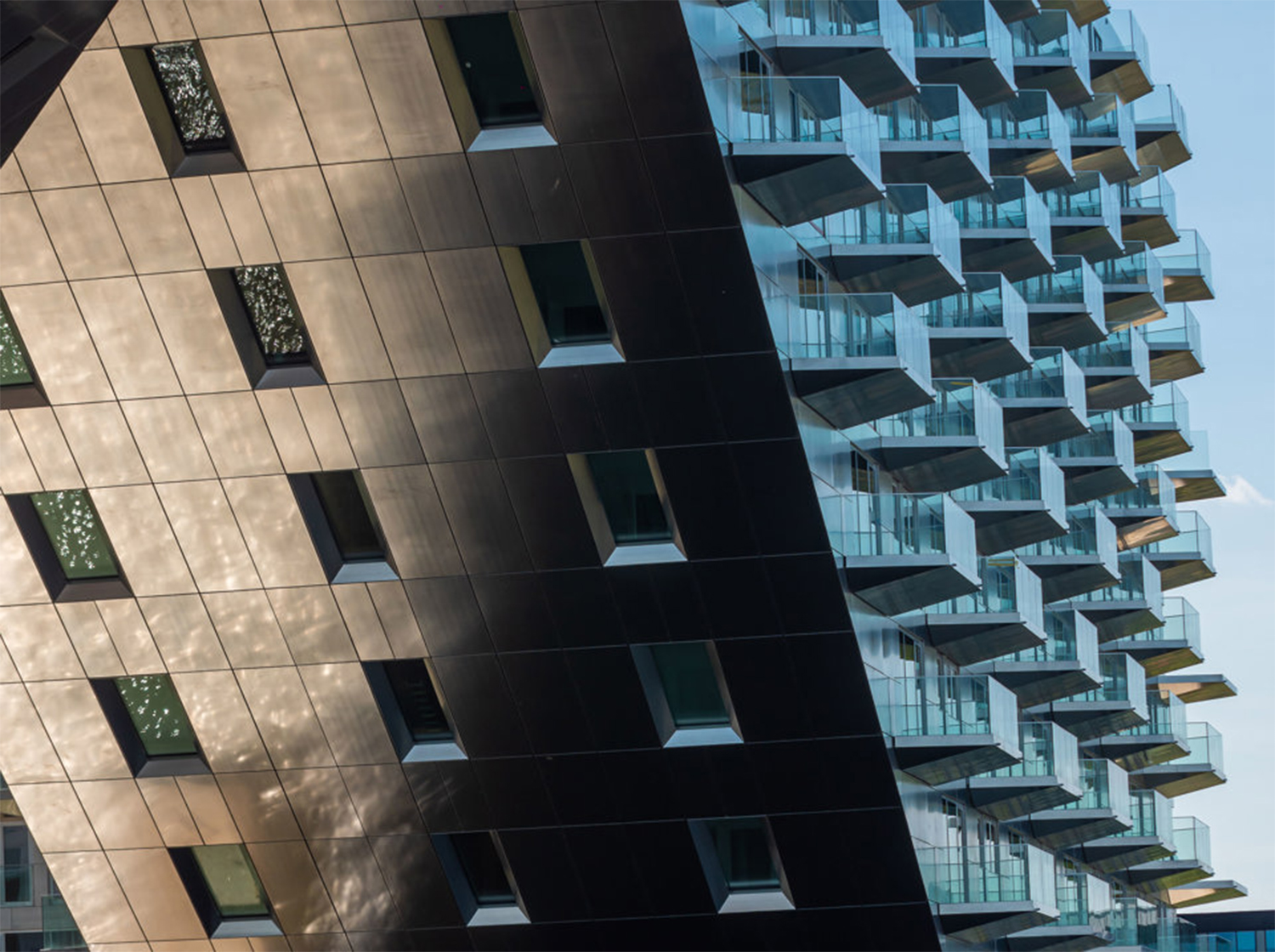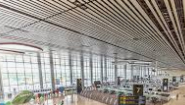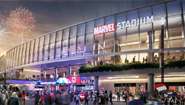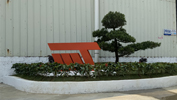Aluminum: Unleashing Flexibility in Design Across Industries and Applications
Author:Jayminton Time:2024-07-18

In the world of modern engineering and architecture, the choice of materials plays a pivotal role in shaping both the aesthetics and functionality of structures and products. Among these materials, aluminum stands out as a versatile and flexible option that has revolutionized the possibilities in design across various industries.
Lightweight and Strong
Aluminum’s inherent characteristics make it a favorite among designers seeking versatility without compromising on strength. Remarkably lightweight yet robust, aluminum offers a unique combination of properties that allows for the creation of structures that are both durable and aesthetically pleasing. This balance is crucial in industries ranging from aerospace to automotive and construction.
Formability and Machinability
One of the standout features of aluminum is its excellent formability. It can be easily shaped and molded into complex forms, enabling designers to push the boundaries of traditional shapes and structures. This formability extends to processes such as extrusion, casting, and forging, making aluminum adaptable to various manufacturing techniques. Moreover, its machinability allows for precise detailing and customization, further expanding design possibilities.
Versatility in Applications
The versatility of aluminum extends across a wide spectrum of applications. In architecture, it enables the creation of sleek, modern Facades that are not only visually striking but also energy-efficient due to its reflective properties and ease of integration with insulation systems. In transportation, aluminum’s lightweight nature contributes to fuel efficiency in vehicles, while its corrosion resistance ensures longevity. Additionally, in consumer products and electronics, aluminum’s ability to be anodized and colored provides designers with options for vibrant and durable finishes.
Sustainable Advantage
Beyond its design flexibility, aluminum boasts strong sustainability credentials. It is fully recyclable without losing its inherent properties, making it a preferred choice for environmentally conscious designers and manufacturers. The recycling process of aluminum requires significantly less energy compared to its initial extraction, further reducing its carbon footprint. As sustainable design practices gain prominence, aluminum’s recyclability and durability contribute to its growing popularity.
Innovation and Future Trends
Looking ahead, advancements in aluminum alloys and manufacturing techniques continue to push the boundaries of what is achievable in design. New alloys offer enhanced strength-to-weight ratios, opening doors for even lighter and more efficient structures. Innovations in surface treatments and coatings expand the aesthetic possibilities, allowing designers to explore textures, colors, and finishes that were once unimaginable.
Conclusion
Aluminum’s flexibility in design represents more than just a material choice; it embodies a paradigm shift in how we approach construction, manufacturing, and product design. Its lightweight strength, formability, recyclability, and aesthetic potential make it a cornerstone of modern design across industries. As designers and engineers continue to innovate with aluminum, the future promises even more exciting and sustainable applications, reinforcing its status as a material of choice in the quest for both functionality and beauty.

 S1 Clip-in Metal ceiling System
S1 Clip-in Metal ceiling System JMT-L4.2 U-Baffle System
JMT-L4.2 U-Baffle System JMT Aluminum Wall Cladding
JMT Aluminum Wall Cladding Aluminum Honeycomb Panel
Aluminum Honeycomb Panel Air-Condenser Cover
Air-Condenser Cover Metal Heat Cover
Metal Heat Cover Singapore Changi Airport T2 Arrival
Singapore Changi Airport T2 Arrival Australia Marvrl Stadium City Edge
Australia Marvrl Stadium City Edge Enterprise Information Announcement
Enterprise Information Announcement Construction Industry Solutions
Construction Industry Solutions About Jayminton
About Jayminton Contact US
Contact US